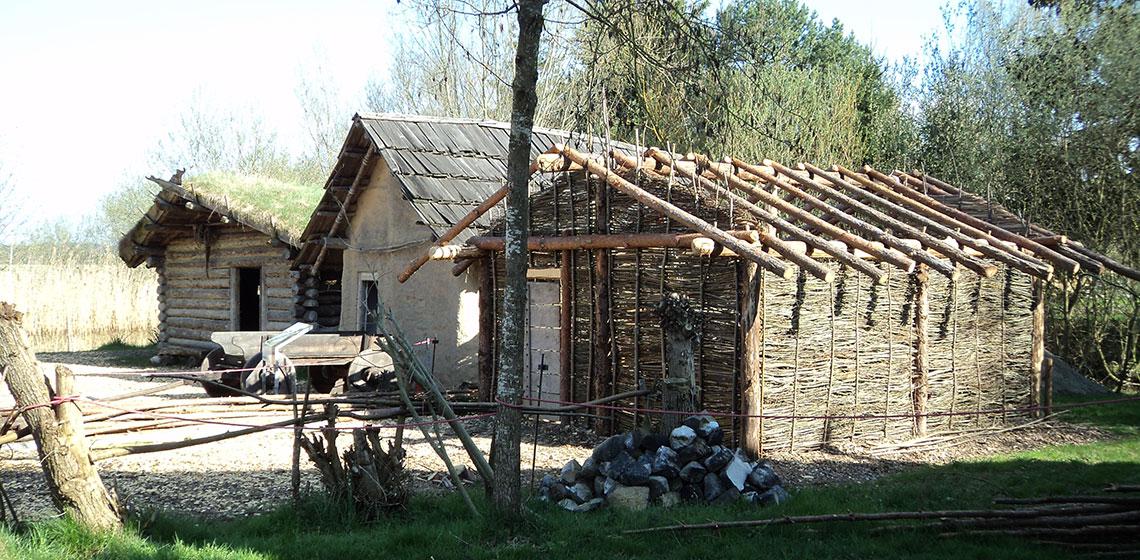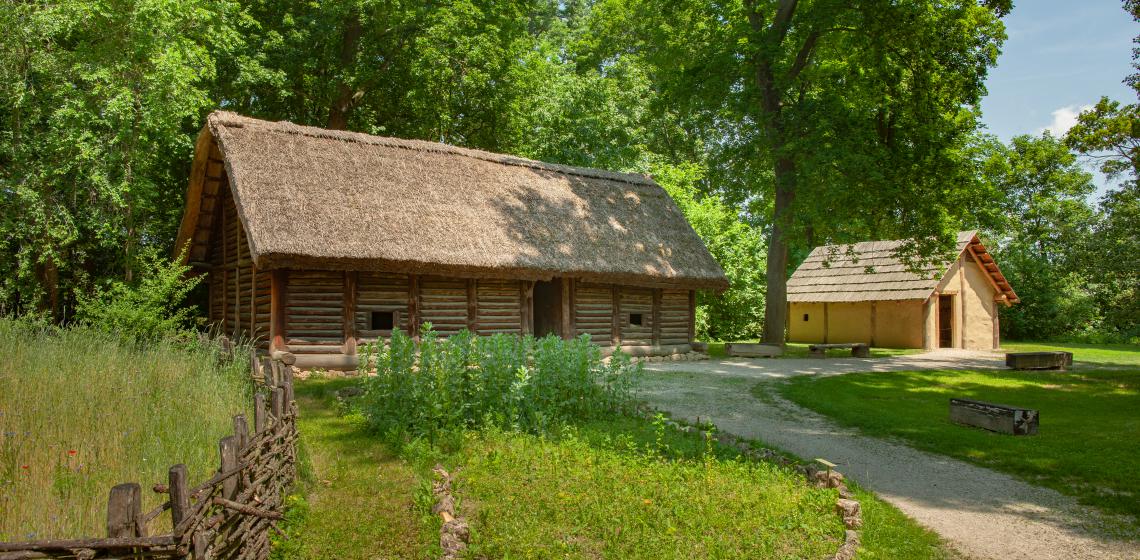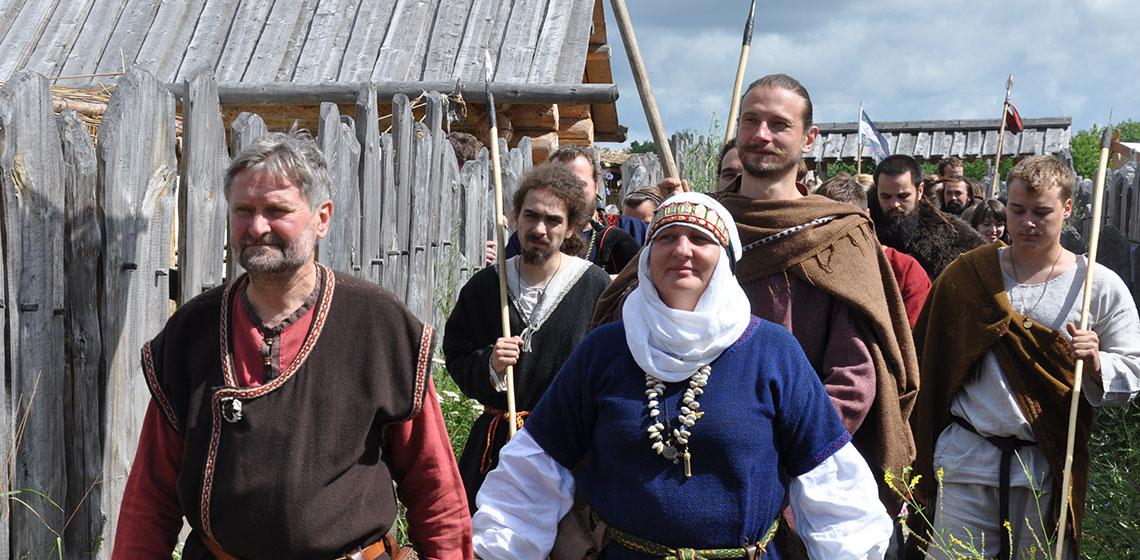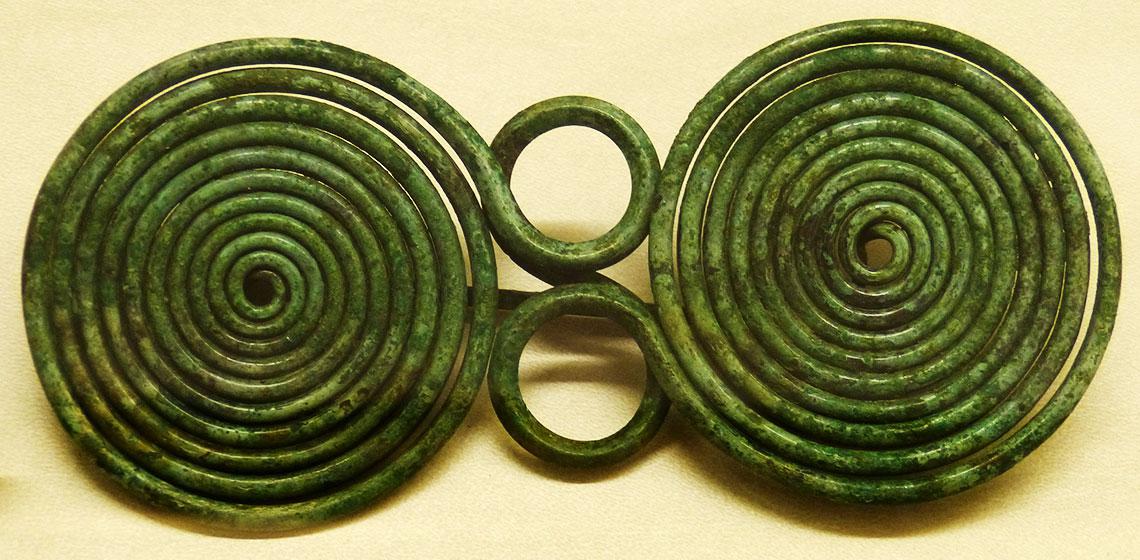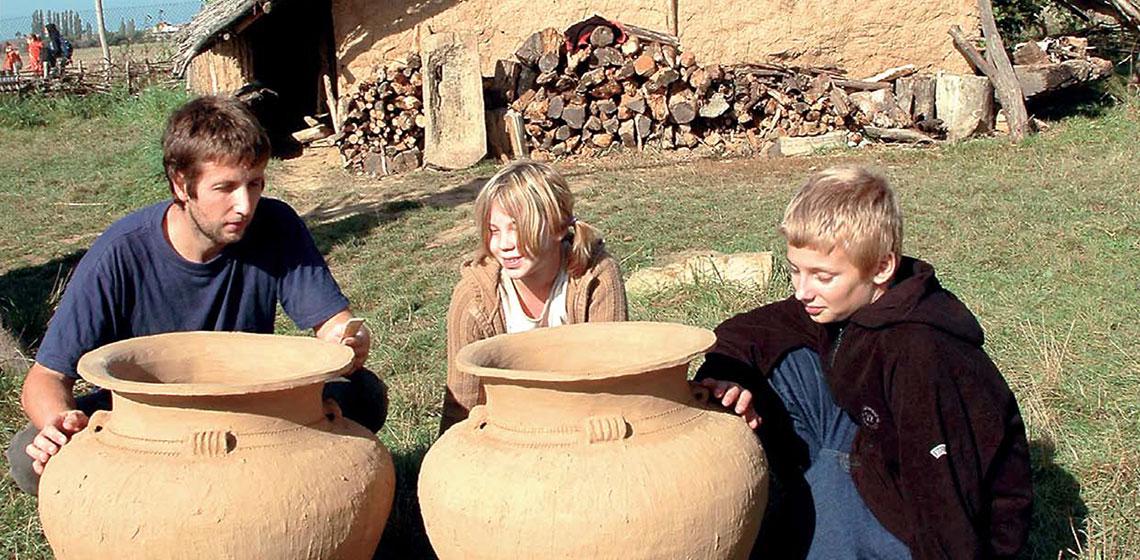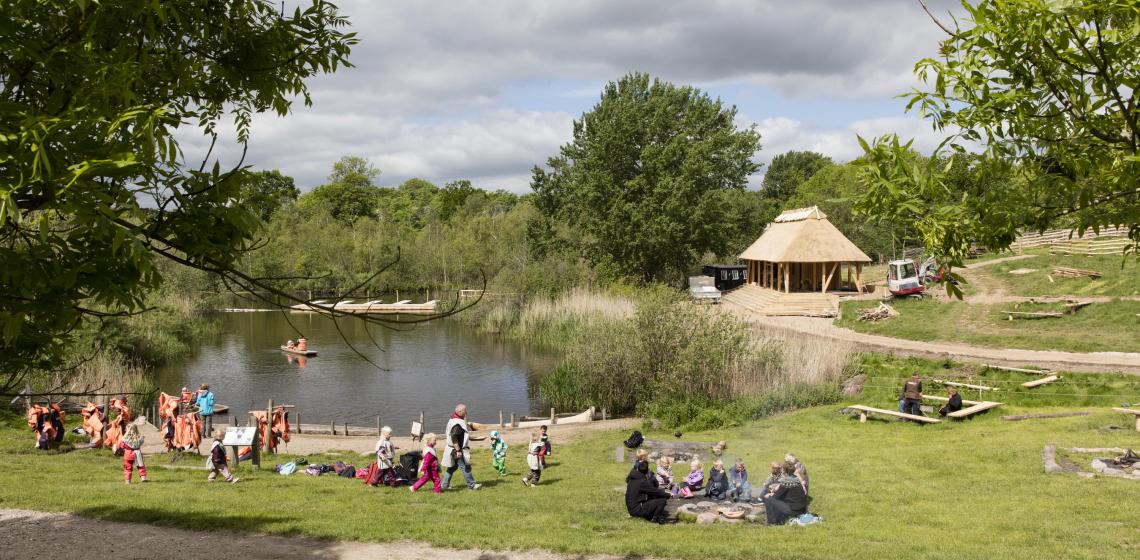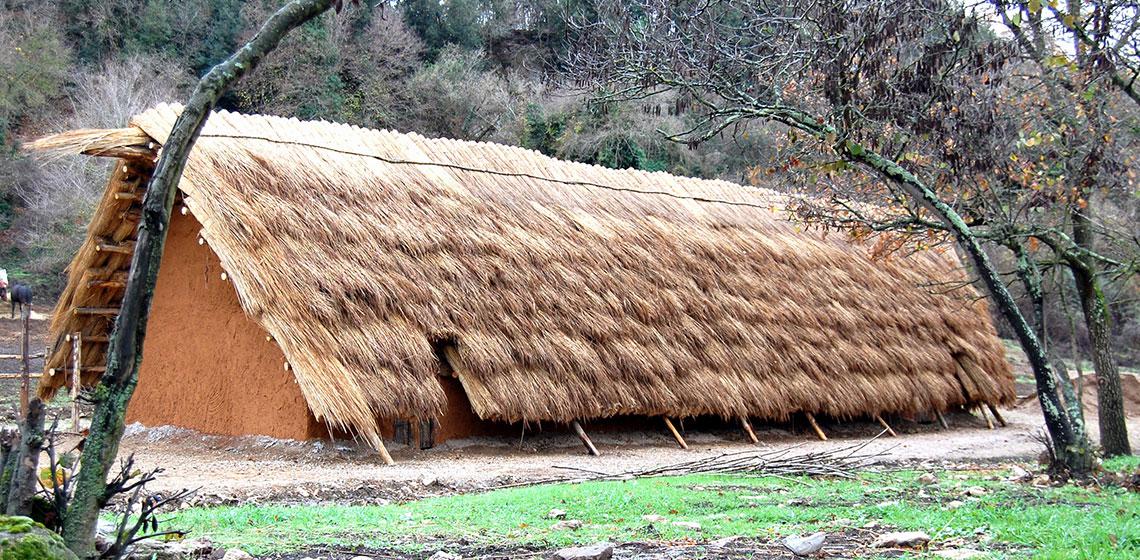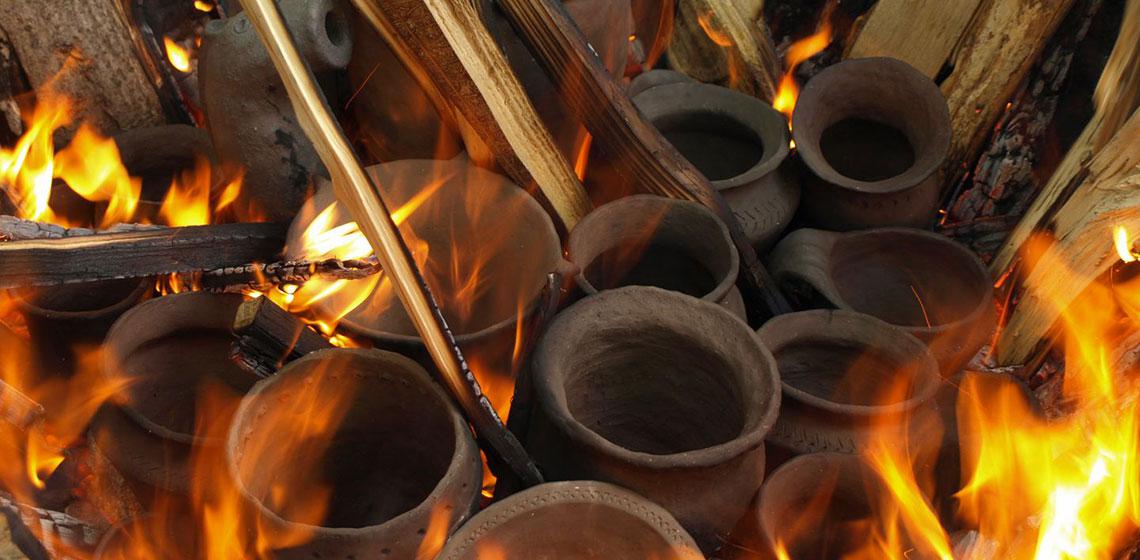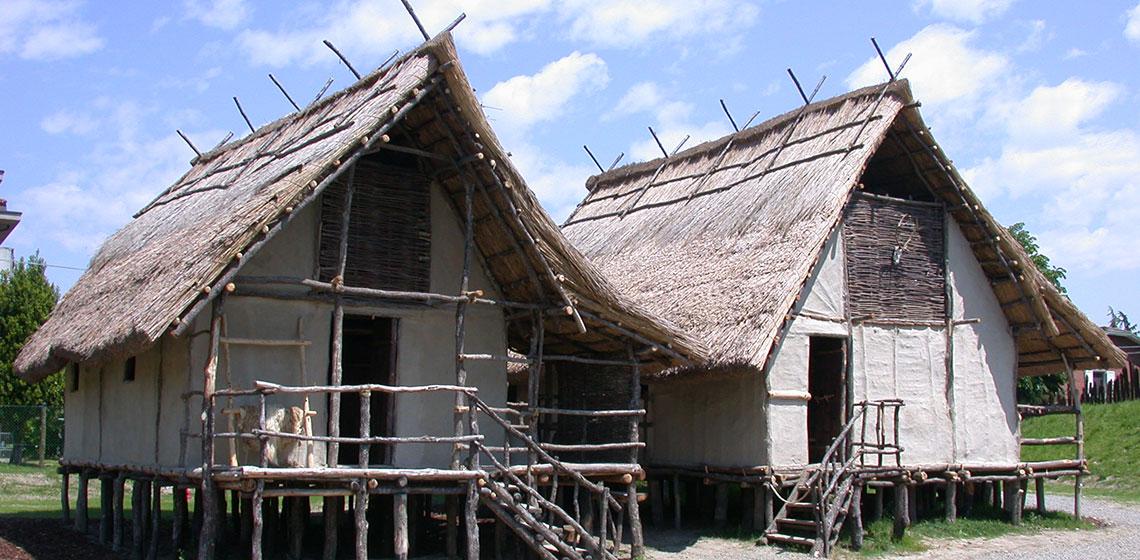Federseemuseum (DE)
Federsee is situated about 100 kilometres south of Stuttgart and 60 kilometres north of Lake Constance. This small lake is the remains of a large basin which slowly turned into land over the past 14,000 years. The peat area covers about 33 square kilometres. The village Bad Buchau has for a long while been a spa.
Federsee is situated about 100 kilometres south of Stuttgart and 60 kilometres north of Lake Constance. This small lake is the remains of a large basin which slowly turned into land over the past 14,000 years. The peat area covers about 33 square kilometres...

